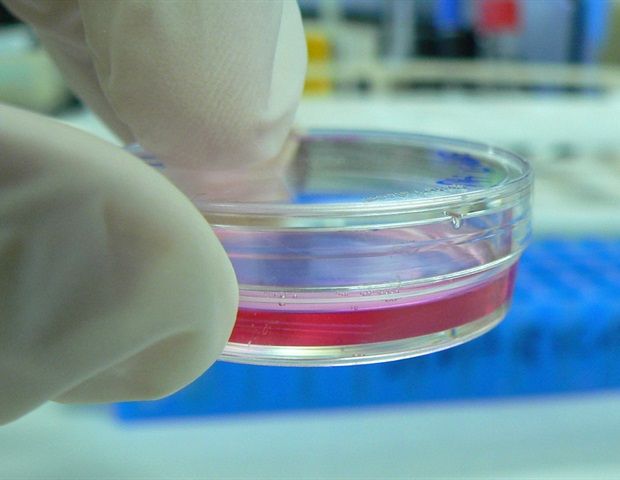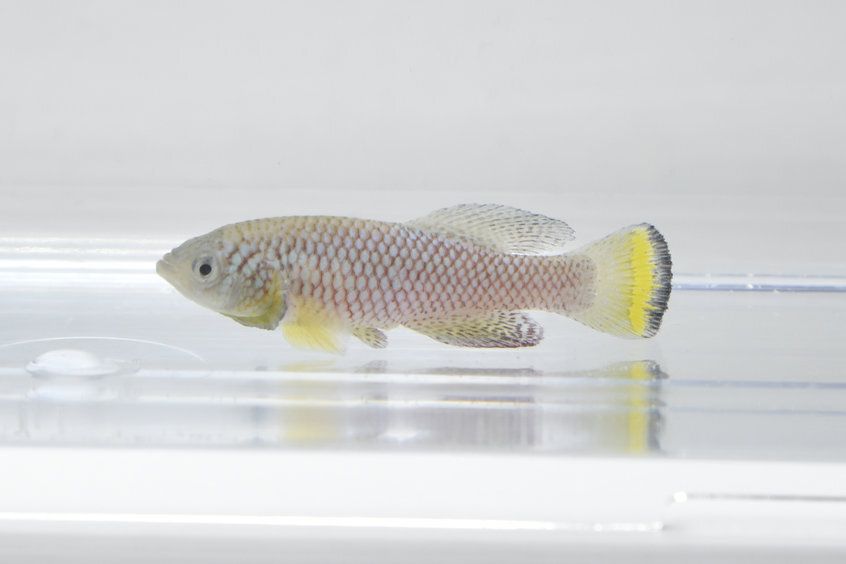Jul 5, 2019
China Snares Tourists’ Phones in Surveillance Dragnet
Posted by Steve Nichols in categories: mobile phones, surveillance
BEIJING — China has turned its western region of Xinjiang into a police state with few modern parallels, employing a combination of high-tech surveillance and enormous manpower to monitor and subdue the area’s predominantly Muslim ethnic minorities.
Now, the digital dragnet is expanding beyond Xinjiang’s residents, ensnaring tourists, traders and other visitors — and digging deep into their smartphones.
A team of journalists from The New York Times and other publications examined a policing app used in the region, getting a rare look inside the intrusive technologies that China is deploying in the name of quelling Islamic radicalism and strengthening Communist Party rule in its Far West. The use of the app has not been previously reported.



 When they aren’t investing in space shuttles and sprawling tech campuses, the super-rich are looking at mind-blowing methods to increase their lifespan.
When they aren’t investing in space shuttles and sprawling tech campuses, the super-rich are looking at mind-blowing methods to increase their lifespan.













